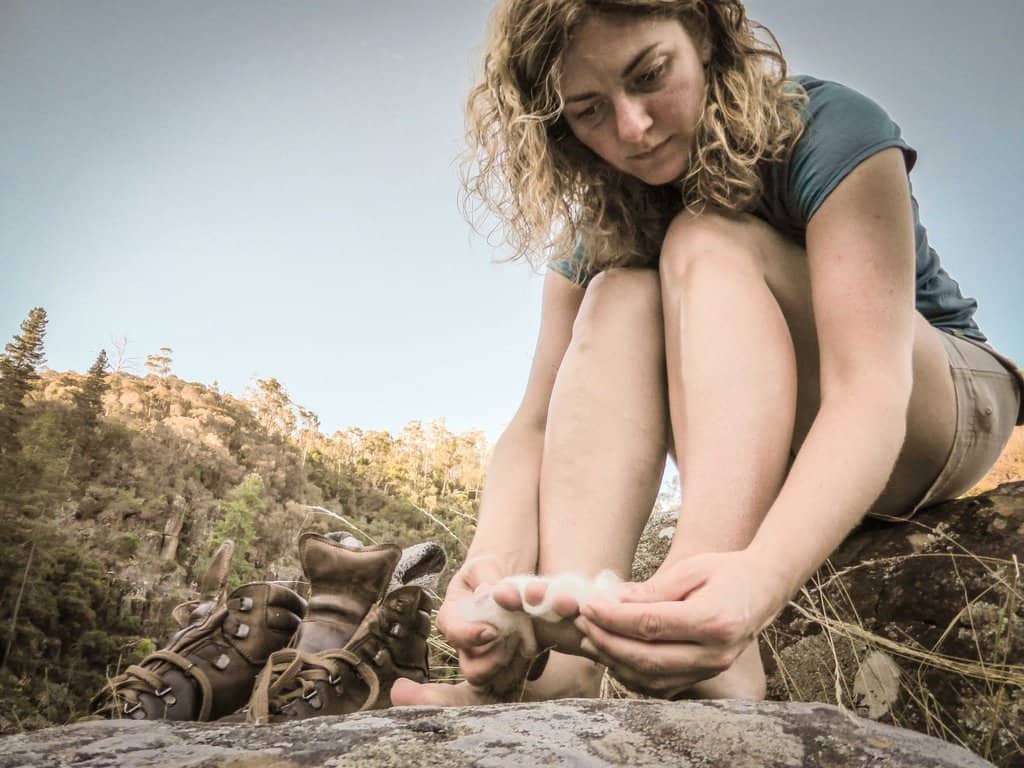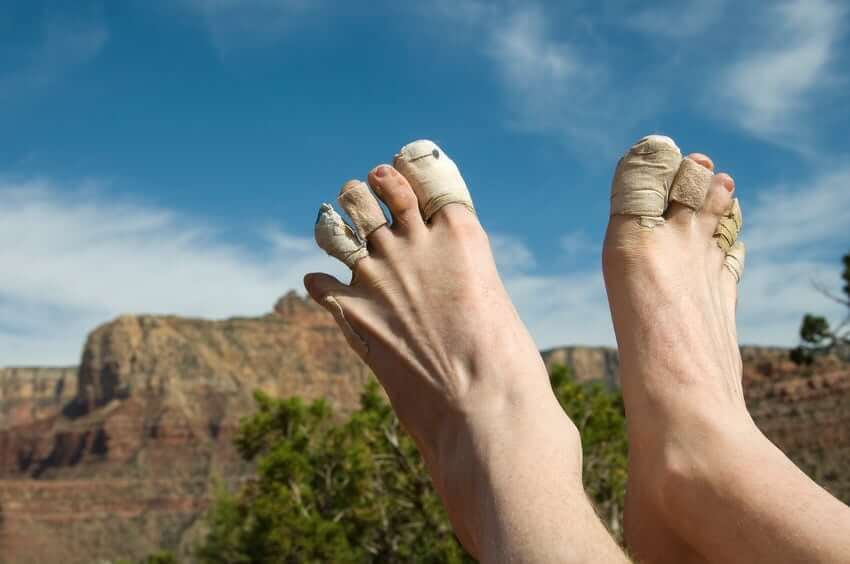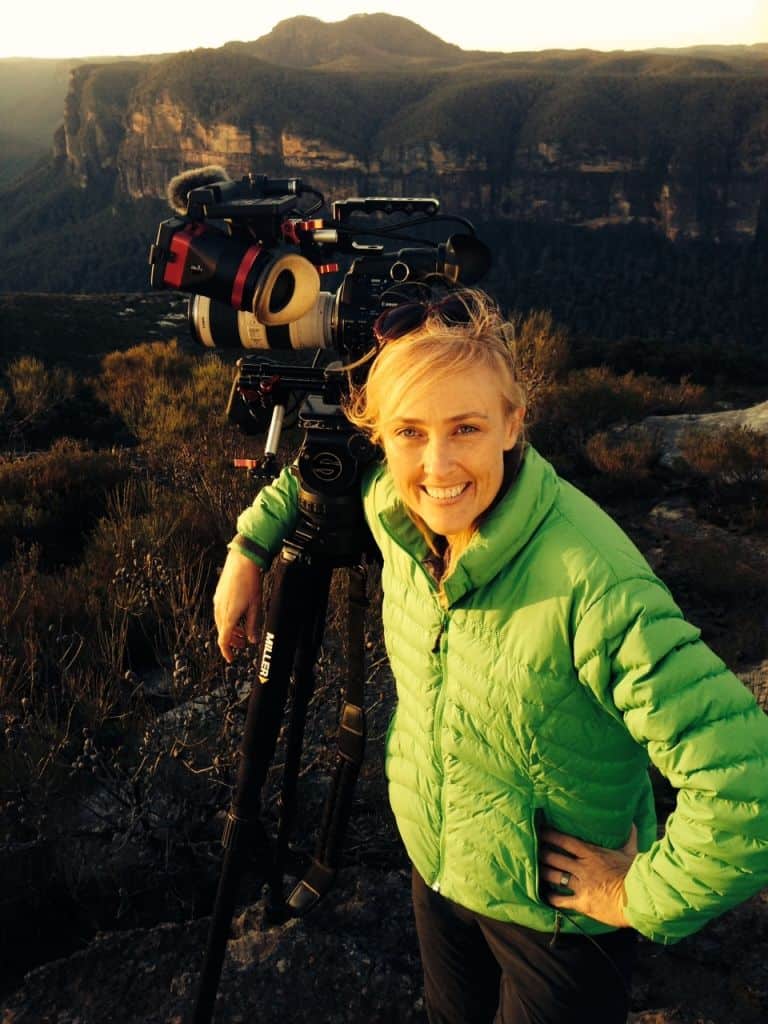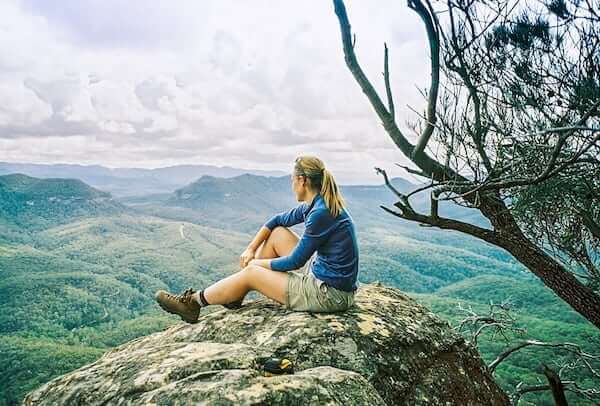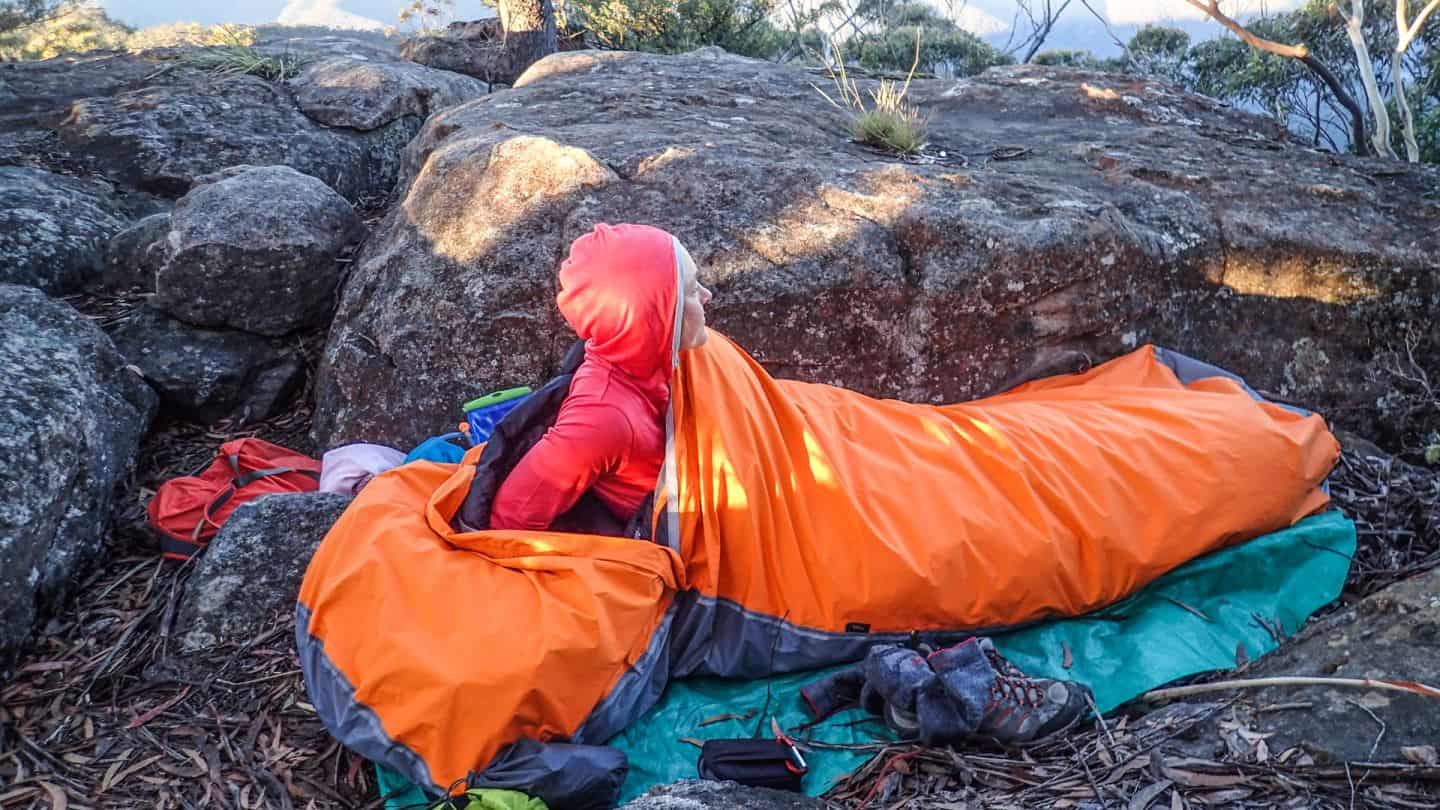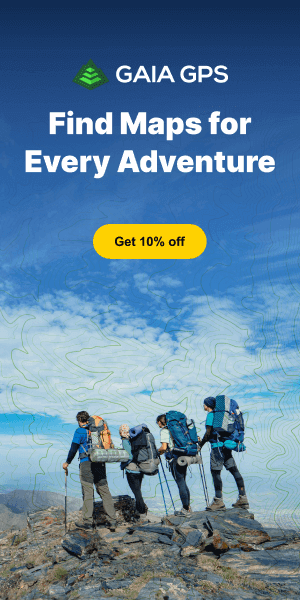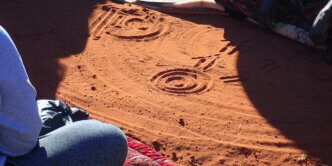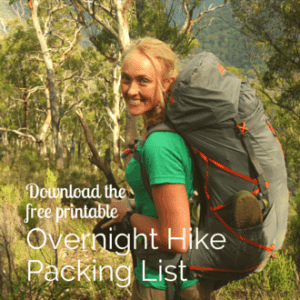Do you remember the old fairytale of the Princess and the Pea? Even when the Princess was lying on top of 99 mattresses, she could still feel the tiny little pea hidden underneath at the very bottom. In the same way, it’s incredible how something that can be so tiny (yes, pea sized) can cause so much grief and trouble when out hiking in the bush. How is it that something so small can reduce grown adults to jittery messes, ruining an otherwise wonderful outdoors adventure? Is it any wonder that it’s vital for every hiker, trail-runner, bushwalker and trekker to learn how to treat blisters?
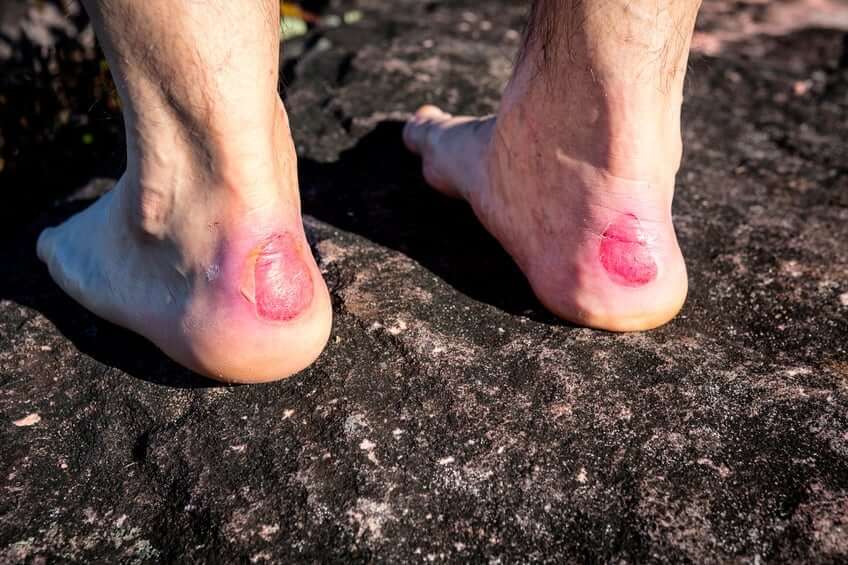
Preventing blisters is the key
Like so many things to do with spending time outdoors, a little bit of planning and preparation certainly makes all the difference. This includes:
- Breaking in your shoes – This may sound like the most obvious preventative, but so many people seem to ignore this step, even when undertaking multi-day trekking adventures or ultra marathon events, even when they’ve known about them for months. Simply wearing your new shoes around the house or to the office for a couple of days beforehand isn’t going to cut the mustard. You need to put your feet and shoes through their paces by doing the planned activity in them, in similar terrain, for an extended period of time. In our busy lives this isn’t always possible, but do the best you can. If you’re going trekking, wear your new shoes/boots whilst doing training walks, with a pack of the same weight that you’ll be carrying, on rough terrain. Build up your ‘foot fitness’ the same as your body. Start with a couple of hours at first, then half a day and eventually a full day.
- Toughening up your skin – There’s a few different ways of doing this, but the best one I’ve found is to spend as much time as possible walking around the house in bare feet. You could also try wearing your shoes without socks for shorter walks (watch out for hot spots!) and I’ve had some success using methylated spirits sprayed onto my feet after a shower.
- Good quality socks – Sometimes it feels as though the humble sock goes through some sort of scientific breakthrough every week with new materials and designs. As much as some of this is marketing hype, the outcomes from wearing good quality socks, designed for your sport, can’t be denied. I’m a fan of merino wool for their wicking qualities and ability to breathe… not to mention the non-stinky factor.
- Learning to tie your laces – isn’t just something you do in kindergarten. By being smart with the way you lace your shoes and tie them, you can shift the pressure points in your shoe for maximum comfort and stability. I’ll be doing a future post on this soon!
- Pre-emptive strike – If you are susceptible to blisters or hotspots and know where they occur, I recommend arming your feet in advance. You can use tape eg. Fixomul or Wonderwool.
During an activity – What to do with blisters?
If you’re out on a hike and start to feel a little niggle in your shoes (no matter how tiny), I have one thing to say to you. Stop. Stop now. Stop quickly. Don’t hesitate. Don’t think it will get better – it won’t. And whatever you do, don’t think you’ll just keep powering on because you don’t want to hold up the rest of your party. Trust me, your whole group will be much happier if you address the hot spot now, whilst it is manageable and treatable, rather than waiting until the skin flap has torn and you’ve got a bleeding, weeping, oozy mess in your shoes that you can’t walk on.
There’s 3 (or 4!) different levels of blisters:
- Hot Spot
- Closed Blister
- Open/Torn Blister
- Disgusting, debilitating mess
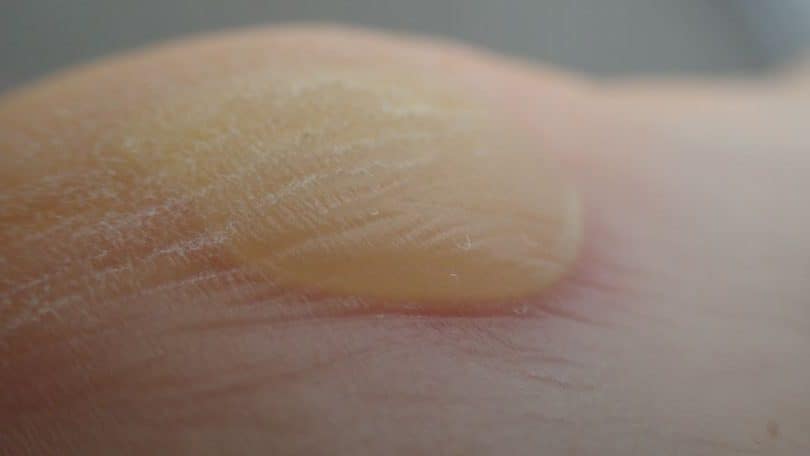
How to Treat a Blister Hot Spot
A hot spot is the first stage of a blister, before the liquid has formed and a blister is apparent. As the name suggests, it will just be a point of rubbing, pain or discomfort in your shoes. That is the moment you need to stop and treat it before it develops into a blister. Here’s some tips on how to treat a blister hotspot.
- They can happen anywhere inside your shoes. Heels, arches, between your toes, you name it… hotspots don’t discriminate.
- Start by removing or repairing the cause of the hotspot. Take a look at your shoe, socks, lacing, toes and toe nails. Is there something there causing rubbing that you can fix? Shake out the shoes for any hidden grit, sand, dirt and debris, inspect the inside of your shoe and sock for any offending items.
- Protect the hotspot from developing into a blister by applying padding and protection for it. My weapon of choice is humble Fixomul, which is a slightly stretchy, mesh, breathable tape. If it’s a very minor niggle, I’ll just apply one layer, however the great thing about Fixomul is that you can add layer upon layer. Make sure that there’s no folds in the tape and keep it smooth in application, otherwise you could develop another hotspot.
- Another approach is to use a product such as WonderWool. This all natural, straight off a sheep’s back fluffy goodness, is like taking the best bits of your ugg boots and inserting pieces of it inside your socks. It is designed to not only absorb moisture, but to also provide padding and separation between rubbing points. It’s particularly good between toes.
So, if you’ve (sadly), moved past the limits of a hotspot and developed a blister, you’ll find yourself faced with a decision. To pop or not to pop? In the end it has to be your choice and depends on many factors. Do you need to keep moving in these shoes? How far/long? Are you in a climate or conditions where infection is more prevalent? For myself, I generally choose to pop and here’s my process:
How to treat a blister
I feel that popping or lancing a blister to drain it is the best approach. The reason is that you’re able to control the manner in which it pops, release the liquid, clean and then apply an appropriate dressing to aid healing and hopefully avoid infection and assist in pain management. If you leave the blister closed, just cover it and keep walking in the same shoes, you’re at risk of the skin flap tearing in an uncontrolled way and then having more issues to deal with.
- Clean the blister and surrounding area with antiseptic (eg. Betadine) solution.
- Using a sterilised needle or lance, pierce the blister skin and gently drain the fluid away. Depending on the size, I will pierce it in 2 or 3 places to evenly drain the fluid.
- Apply gentle pressure to release as much fluid as possible.
- Apply a non-stick dressing (in it’s simplest form… a bandaid) of appropriate size.
- I usually will hold this in place with some Fixomul over the top.
- If the blister is particularly bad or painful it’s important to apply padding: cut a ring shaped donut from something like a foam mat, to protect the blister from having something applied directly over the top.
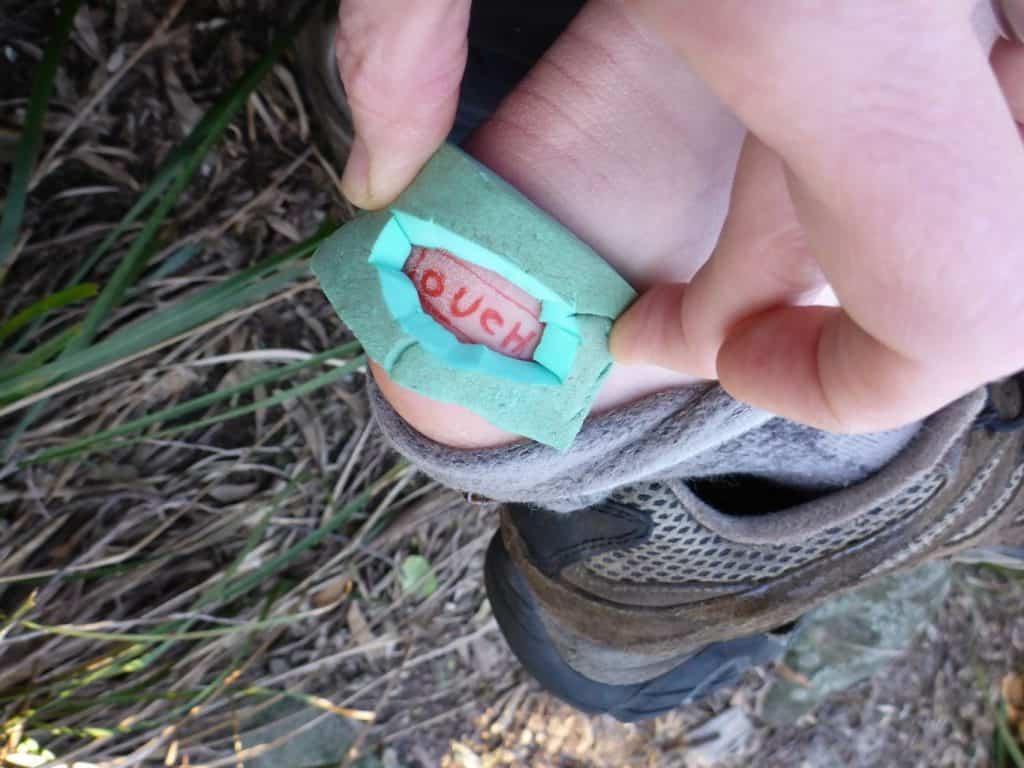
At the end of each day
- Give your feet a chance to dry out and escape from their sweaty homes, especially if you’ve done any creek crossings and have wet shoes and socks. Taking a pair of Crocs and clean, dry socks for camp is a simple, lightweight way of doing this, whilst protecting your feet from any injury around camp.
- Use fresh socks with no grit or sand in them and watch out for older socks becoming ‘crusty’.
- After your activity and the blister has healed, start the cycle again of trying to toughen up your feet and continuing to break your shoes in.
Giveaway!
Thanks to the lovely folk at WonderWool, I have 5 packets of their woolly goodness to giveaway to Lotsafreshair readers. [Competition is now closed. Thanks for your interest and congrats to the winners. Congrats to: Sonya, Adam, Kelly-Anne, Simon and Meg!]
